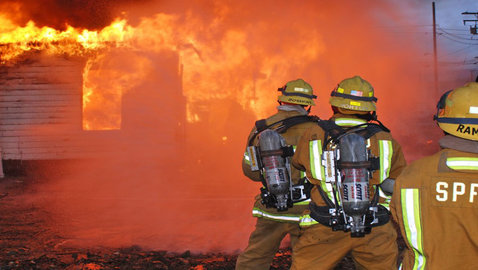Dangerous Jobs
Post Views 3U.S. News & World Report LP reported on the 11 most dangerous industries in the United States in October 2012. Firefighters and police offers were at the top of the list of the most dangerous jobs. According to the Labor Department, workers in state-government-run nursing, residential care facilities, and steel foundries also had high rates of nonfatal injuries and illnesses in 2011.
Each year thousands of Americans die from workplace injuries, another several thousand workers die from illnesses caused by workplace exposure, according to the US Department of Labor.
Before the Occupational Safety and Health Act (Act) in 1970, employers were bound by just common law to give employees a safe workplace. Employers had three defenses that allowed them go free without liability when workers got into injuries on work sites. These defenses were: contributory negligence, assumption of the risk, and fellow servant rule.
Contributory negligence deprives a plaintiff from damages when s/he contributes to the legal cause of his/her injuries by failing to exercise reasonable care for his/her own safety. At common law, contributory negligence is a complete bar to recovery.
In jurisdictions that adopt “pure” comparative negligence, a plaintiff’s contributory negligence reduces the recovery of damages by the proportion plaintiff’s fault bears to the total harm. In a “partial” comparative negligence jurisdiction, the plaintiff’s recovery is barred if s/he is more than 50% at fault.
Assumption of risk is a subjective standard, barring a plaintiff from recovery where s/he is aware of danger, and assumes the risk of harm arising from the conduct of the defendant knowingly and voluntarily.
The fellow servant rule is a defense to liability for a worker’s injury where the injury happens on the job and caused by the negligence of another employee. In Caterpillar, Inc. v. Occupational Safety and Health Review Commission, 122 F. 3d 437 (7th Cir. 1997), an employer’s responsibilities under the Act includes ensuring employees do not put themselves into unsafe positions. Employers may not shift responsibility to employees when they ride in the back of a company truck, for instance.
Under the Act, each employer shall furnish to each employee a place free from recognized hazards that are causing or are likely to cause death or serious physical harm to employees. Though workers may be limited in their financial recovery to what they can obtain under workers compensation, they may report the employer to government authorities without retaliation when the employer does not comply with all safety and health standards dictated by the Department of Labor.
Dangerous Jobs by Harrison Barnes


